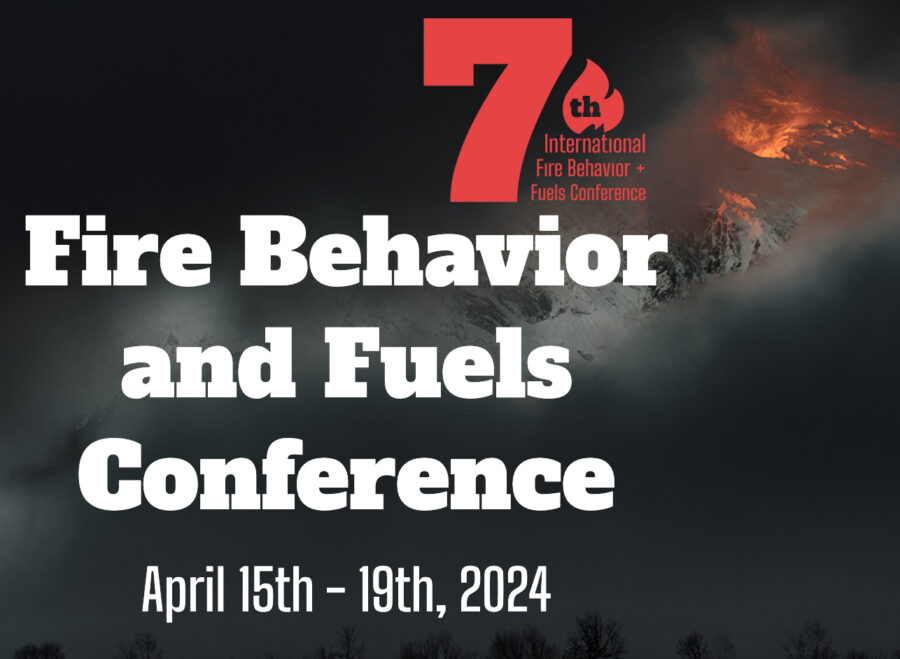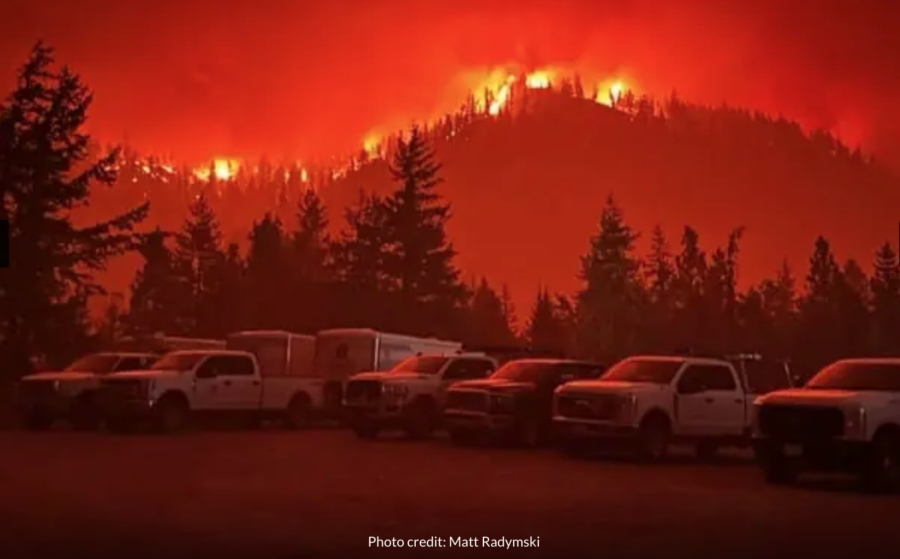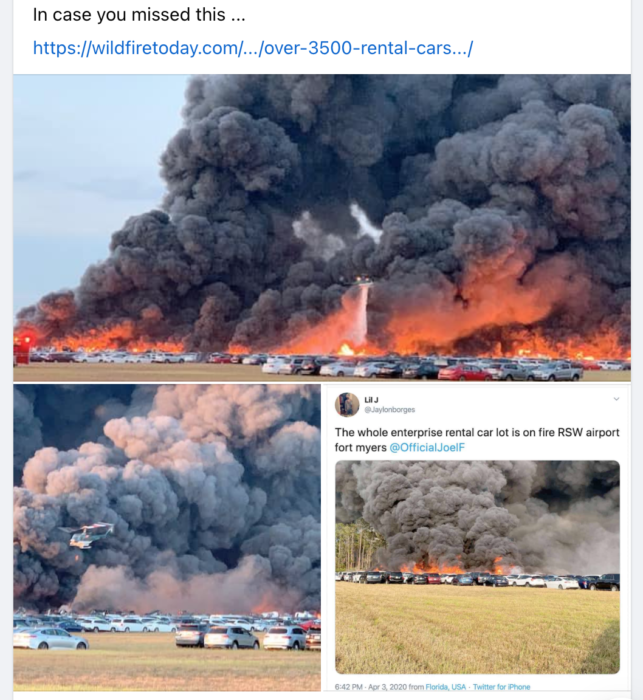Groundbreaking research last year found around 37 percent of burned land across North America can be traced directly back to carbon emissions from 88 major fossil fuel producers and cement manufacturers. Now, environmentalists in Canada are using the research to push for change.
The study, published last May in the journal Environmental Research Letters, used climate, burned area, and global energy balance models to determine what contribution carbon emissions had on increases in vapor pressure deficit (VPD), which partially caused a rise in burned forest area in the United States and Canada. The research concluded, along with the fossil fuel link, that carbon producer emissions contributed to 48 percent of long-term VPD rise between 1901 and 2021.

“As loss and damage from these hazards mounts, this research can inform public and legal dialogues regarding the responsibility carbon producers bear for addressing past, present, and future climate risks associated with fires and drought in the western U.S. and southwestern Canada,” researchers said. Nearly a year later, Climate Action Network Canada advocates are using that research to advocate a new push for nationwide carbon emission limits.

“To cap wildfires and other climate impacts, the government must cap oil and gas emissions,” said Climate Action Network Executive Director Caroline Brouillette. “Other sectors and everyday Canadians are reducing their emissions, while for decades the oil and gas sector has increased its pollution and pushed back against every form of accountability. Further delay benefits only oil and gas executives’ pocketbooks and climate-denying politicians.”
A survey of nearly 2,000 Canadians found that nearly two-thirds of residents support a greenhouse gas emissions cap for the oil and gas industry. The survey also found that support for an emissions cap is the highest among Canadians aged 60 or older at 71 percent and only 18 percent of Canadians said the industries shouldn’t be required to limit emissions.
Such a cap would prevent 4,800 premature Canadian deaths and yield $45 billion in economic benefits, according to research projections from the Canadian Association of Physicians for the Environment. The results were attributed to projected reductions in air pollution — specifically in nitrogen dioxide, fine particulate matter, and annual ozone — if oil and gas industry emissions are capped at 45 percent below 2005 levels by 2023, which is Canada’s national climate target.
~ Full statement from Climate Action Network Canada.








 Global News, in their conversation with Doherty, reports that one of the tools created from this plan includes 19 tactical sheets and GIS maps for various critical infrastructure and water source locations, identifying which neighborhoods have a one-way-in and one-way-out access, and safe zones for responders during times of emergency. All this information will reportedly be available to fire personnel through scannable QR codes.
Global News, in their conversation with Doherty, reports that one of the tools created from this plan includes 19 tactical sheets and GIS maps for various critical infrastructure and water source locations, identifying which neighborhoods have a one-way-in and one-way-out access, and safe zones for responders during times of emergency. All this information will reportedly be available to fire personnel through scannable QR codes.







